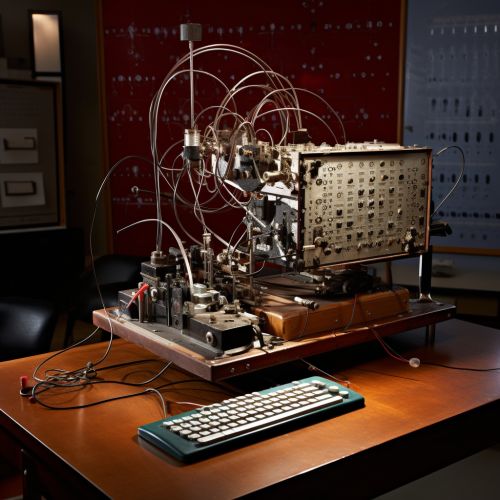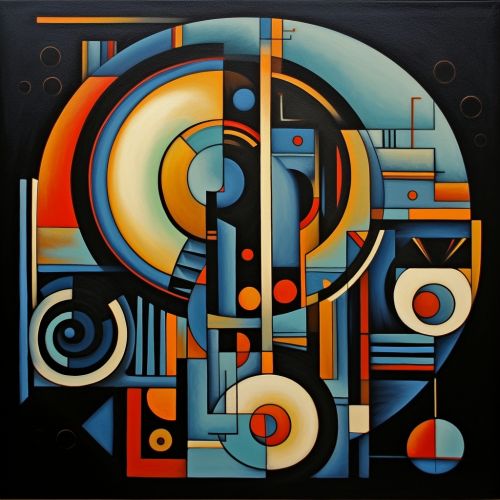Computational theory of mind
Introduction
The computational theory of mind (CTM) is a philosophical perspective that argues that the human mind functions much like a computer, in that it creates, processes, and stores information in a systematic and logical manner. This theory is a branch of cognitive science and is closely related to theories of computation and artificial intelligence.


Background
The concept of the computational theory of mind originated in the mid-20th century, with the advent of digital computers and the simultaneous rise of cognitive psychology. This theory is often attributed to philosophers and cognitive scientists such as Alan Turing, Noam Chomsky, and Jerry Fodor, among others.
Theoretical Foundations
Turing Machines
The computational theory of mind is heavily influenced by the concept of Turing machines, theoretical devices that manipulate symbols on a strip of tape according to a table of rules. Alan Turing proposed this model as a formal abstraction of computation and algorithmic procedure.


Representation and Computation
Central to the computational theory of mind is the idea of representation and computation. According to this theory, mental states are represented by computational states, and mental processes are computational processes. This means that our thoughts, beliefs, and desires can be understood as computational structures and processes.
The Language of Thought
The computational theory of mind also posits the existence of a language of thought (LOT), a symbolic system that represents our mental states. This language is thought to be innate and universal, much like the underlying structure of natural languages as proposed by Noam Chomsky's theory of generative grammar.


Critiques and Counterarguments
Despite its influence, the computational theory of mind has been subject to several critiques. These critiques often focus on the limitations of the computational model, the lack of empirical evidence for the language of thought, and the difficulty of explaining consciousness and subjective experience within this framework.
The Chinese Room Argument
One of the most famous critiques of the computational theory of mind is John Searle's Chinese Room argument. This thought experiment challenges the idea that computation alone can result in understanding or consciousness.
The Frame Problem
The frame problem, originally a technical problem in artificial intelligence, has been used as a critique of the computational theory of mind. This problem concerns the difficulty of determining which aspects of a situation are relevant in decision-making processes.


Implications and Applications
Despite these critiques, the computational theory of mind has had a significant impact on various fields, including cognitive science, psychology, artificial intelligence, and philosophy of mind. It has influenced the development of cognitive models, artificial intelligence algorithms, and philosophical theories of mind and consciousness.
